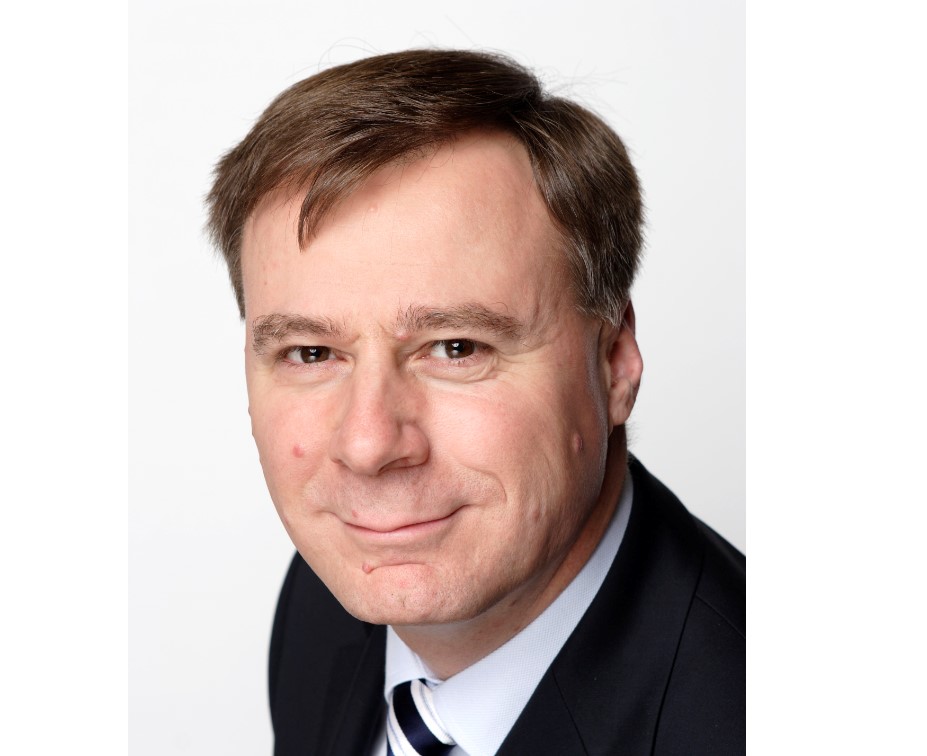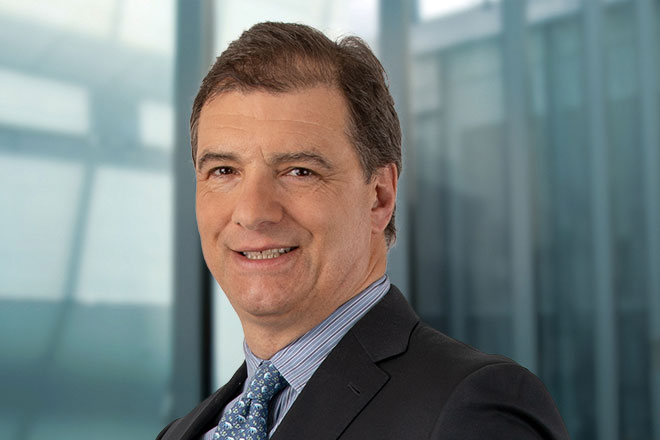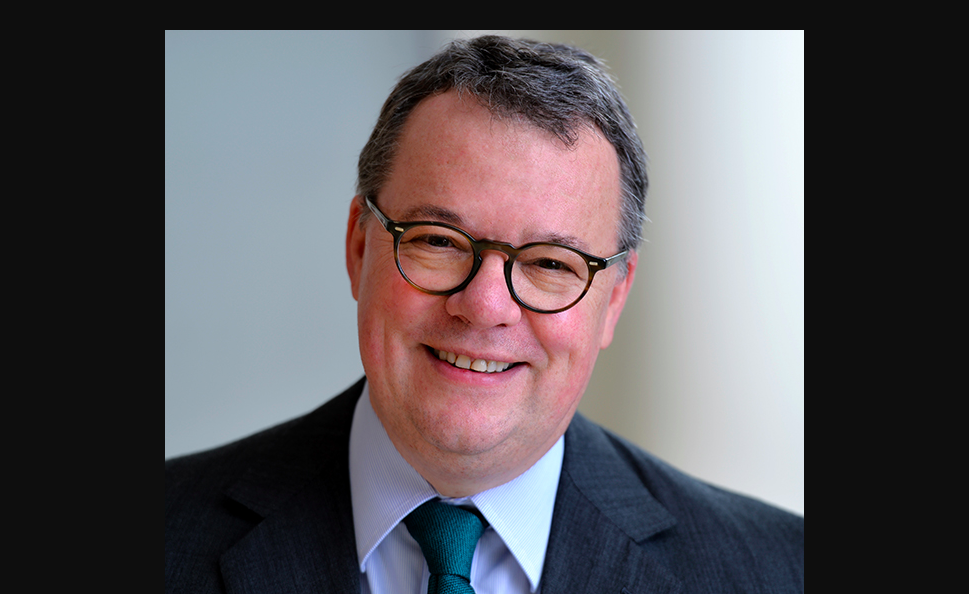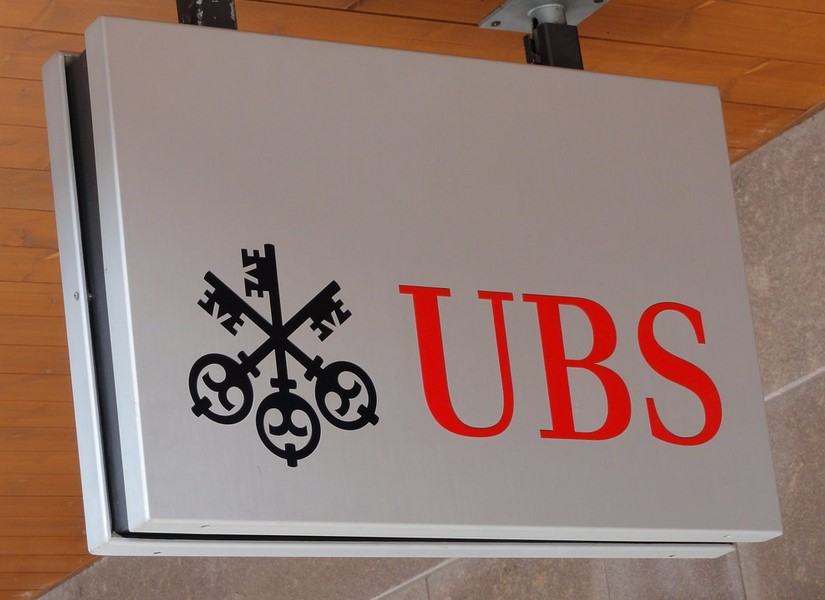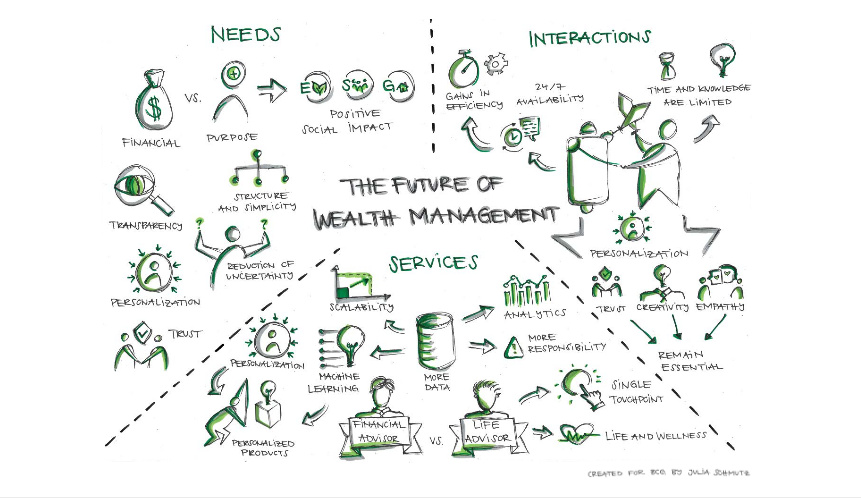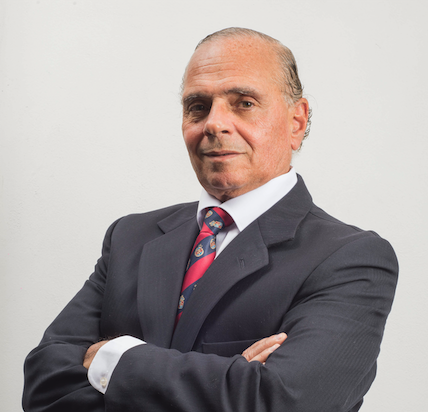Patrick Zweifel (Pictet Asset Management): “This crisis disproportionately impacts the service sector”
| For Meritxell Sedo | 0 Comentarios

While the sanitary crisis is not over, some countries have done a better job controlling the spread of the coronavirus among their population. The four largest countries in the Euro Zone by population, Germany, France, Italy and Spain, took a firmer approach on reducing the activity in the services sectors that has in turn led to a lower number of COVID-19 cases. While other countries that took a more flexible approach are still struggling with the outbreaks, as it would be the case in the United States, United Kingdom, India, and most of Latin American countries. Signaling that there has been a clear trade-off between the number of COVID cases and the restrictions imposed in mobility during the lockdowns.
According to Patrick Zweifel, Chief Economist at Pictet AM, the new orders to inventory data extracted from the IHS Markit’s World manufacturing surveys shows that the collapse in the supply side of the industrial activity has been very similar to the one that happened during the Global Financial Crisis. What is new this time is the length of the crisis. While it took about a year, from 2008 to 2009, for the World manufacturing surveys to hit the 50 threshold, this time around it has only taken about three months for the industrial activity to recover from a level of 34 to 52.3.
When focusing on the average output and new orders per country as activity components of the World manufacturing survey, the majority of the countries are recovering or accelerating their production, while a third of them are above the 50 threshold, and as of the end of June they are not showing signs of deterioration versus the previous month.
On the demand side, global car sales collapsed during the first months of the year, experiencing a 43% decrease on its 6-years trend levels for 2019. The global demand for cars hit its trough in April and rebounded in May up to 16% below its trend.
Despite the diversity of patterns and measures taken to contain the virus by the governments of the three major economic regions, -United States, China and the Euro zone-, their real retail sales had a rebound in May up to levels that are only 5% below their average levels for 2019. The data from June confirmed the severity of the fall, but considering only the current information, the rebound seems to be quite strong. However, Pictet AM’s forecasts a peak to trough drop of 10% in global GDP.
US growth projections and disposable income
The US retail sales data is another way to obtain a reflection of what happened on the demand side. Their rebound in May suggests that the actual numbers are better than Pictet AM’s estimate on US monthly real GDP projections. It seems that the US economy is now in a better situation than Pictet AM’s base case scenario, which already is a bit more optimistic than the consensus on its forecast for 2020. Although this scenario could change if there is a second wave of coronavirus outbreak.
The two main risks for the US economy are the levels of disposable income for US households and their consumption rate. So far, there has been a huge fiscal policy response in the world, and particularly in the US, in form of government transfers during the months of April and May to offset the decline in normal sources of income. Consequently, the US household income is now 7% above its December levels, but going forward two questions remain unknown: until when are these government transfers and fiscal responses going to be maintained and even if they are extended on time, will they be enough to offset the deterioration of normal sources of income?
Another source of uncertainty is how much of this net government transfer will be used for spending, US household savings as percentage of disposable income peaked at 32% in April and closed the month of June at 23%. These are two uncertainties that make Pictet AM’s to remain cautiously optimistic.
Activity recovery in China and Emerging Markets
China’s supply and demand, -respectively measured by industrial production and retail sales and investment in fixed assets, have experienced a strong recovery. Its production output is close to its December level, however investing and consumption spending are lagging a bit, 2% and 8% below the year end levels.
The policy response in China has been supportive, and similar in magnitude to the impulse that the country had during the Global Financial Crisis. This in turn, will also serve as support to the entire global economy.
The recovery in Emerging Markets (EM) is at least as obvious as it is in the Developed Markets (DM), if not better in some cases. Pictet AM’s forecast for global activity shows a widening growth gap between Developed and Emerging Markets ahead in the cycle. It is not only that the collapse has been less pronounced in the latter, but that the recovery should be a bit better in as well. The reason that explains this behavior is that Emerging Market economies have a much lower share of services in their GDP, an average of 54% vs the 72% in Developed Markets, and this crisis disproportionately impacts the service sector.
The global fiscal stimulus to fight COVID-19 damage
This time the fiscal response has been stronger than in any other previous crisis. The median response for Development Markets has been about 4.5% of their GDP, this compares to 2.5% of GDP for Emerging Markets for a total of 5% in global GDP, which is about three times the amount of stimulus registered during the Global Financial Crisis.
To all the loan guarantees that have been offered by the governments to large companies, it should be added to all the tax referrals that have been announced by various governments. If all these measures are taken into consideration, the total amount of fiscal packages amounts to 13% of global GDP, a considerably high figure.
This stimulus should have some major consequences in terms of public debt evolution and how much debt that could be developed in the future. For the time being, this enormous fiscal stimulus is sort of what made this crisis different from previous ones.
Moreover, a great part of this fiscal expansion has been monetized. In the United States, the Fed purchases of Treasuries bonds year-to-date covers about 46% of 2020 estimated borrowing needs, which are approximately USD 4 trillion, or around 20% of estimated GDP for 2020.
A similar situation applies to the Euro Zone. Even if there is a sharp increase in the public debt to GDP ratio, most of this new debt will be held by the European Central Bank. Therefore, Pictet AM expects that the overall impact of higher sovereign fiscal deficits will be less dangerous this time than in the previous crisis at least for the short and medium term.
Meanwhile, the fiscal response in Emerging Markets has been appropriate. The countries with the lowest public debt to GDP ratios, -Chile, Peru, and Thailand among others, are the ones that have announced the biggest packages of fiscal spending. Being Brazil the only exception, with a higher public debt to GDP ratio and a relatively high fiscal response.
It is also important to assess how much of this public debt is held by external creditors. In that regard, Turkey or Indonesia could appear to be at risk, less so for Indonesia which has adopted a QE type of monetary responses instead of further reductions in interest rates to avoid dysfunctionalities in their markets.
Overall, the Emerging Market debt is considerably attractive in terms of real yields. Since it is complicated to find positive real yields in developed markets, except for Italy. At least three quarters of emerging debt markets are offering positive real yields returns in their 10-year bonds. The only bonds that are offering negative real yields in the emerging market scope are the Eastern European countries, as they are linked to the yields in the Euro Zone.
Please click here for more information on Pictet AM’s fixed income emerging market capabilities.
Information, opinions and estimates contained in this document reflect a judgment at the original date of publication and are subject to risks and uncertainties that could cause actual results to differ materially from those presented herein.
Important notes
This material is for distribution to professional investors only. However it is not intended for distribution to any person or entity who is a citizen or resident of any locality, state, country or other jurisdiction where such distribution, publication, or use would be contrary to law or regulation. Information used in the preparation of this document is based upon sources believed to be reliable, but no representation or warranty is given as to the accuracy or completeness of those sources. Any opinion, estimate or forecast may be changed at any time without prior warning. Investors should read the prospectus or offering memorandum before investing in any Pictet managed funds. Tax treatment depends on the individual circumstances of each investor and may be subject to change in the future. Past performance is not a guide to future performance. The value of investments and the income from them can fall as well as rise and is not guaranteed. You may not get back the amount originally invested.
This document has been issued in Switzerland by Pictet Asset Management SA and in the rest of the world by Pictet Asset Management Limited, which is authorised and regulated by the Financial Conduct Authority, and may not be reproduced or distributed, either in part or in full, without their prior authorisation.
For US investors, Shares sold in the United States or to US Persons will only be sold in private placements to accredited investors pursuant to exemptions from SEC registration under the Section 4(2) and Regulation D private placement exemptions under the 1933 Act and qualified clients as defined under the 1940 Act. The Shares of the Pictet funds have not been registered under the 1933 Act and may not, except in transactions which do not violate United States securities laws, be directly or indirectly offered or sold in the United States or to any US Person. The Management Fund Companies of the Pictet Group will not be registered under the 1940 Act.
Pictet Asset Management Inc. (Pictet AM Inc) is responsible for effecting solicitation in North America to promote the portfolio management services of Pictet Asset Management Limited (Pictet AM Ltd) and Pictet Asset Management SA (Pictet AM SA).
In the USA, Pictet AM Inc. is registered as an SEC Investment Adviser and its activities are conducted in full compliance with the SEC rules applicable to the marketing of affiliate entities as prescribed in the Adviser Act of 1940 ref. 17CFR275.206(4)-3.

